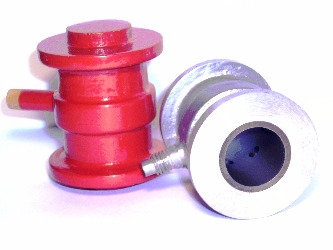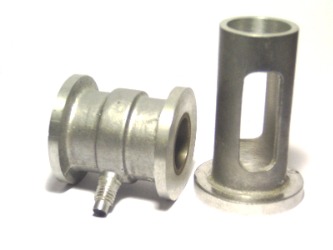Sand Casting
Sand casting is probably one of the most used methods for casting metal after loam casting ( used a lot during the industrial revolution ), possibly still used a lot around the world, my foray into sand casting started initially with with oil bonded sand that must be rammed around a pattern that can then be removed to form a cavity in the mold that then is filled with molten metal. I moved on fairly quickly to using silicate bonded sand molds that are made from clean sand that has been coated with a small amount of sodium silicate, the sand is rammed around a pattern former, but then the sand is exposed to CO2 that reacts chemically with the sodium silicate to form a rigid bond forming the sand into something approaching sandstone.
NEMA MOTOR MOUNT
This pattern has a natural parting line diagonally across the corners.
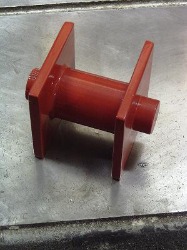
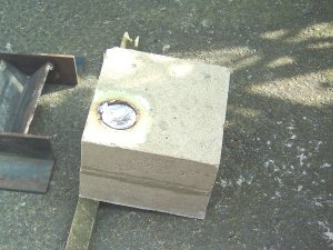
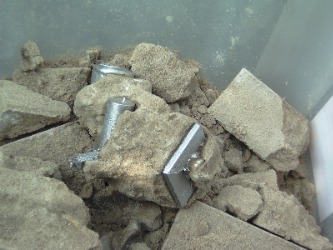
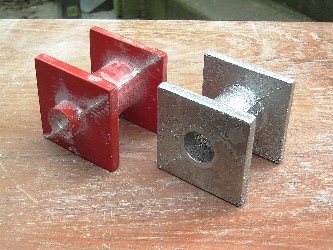
CNC ROUTER Z-Axis Motion Carriage
This was a more complex shape to cast and required a mount for the first half of the mold the second half of the mold was made by removing the pattern from the mount, placing it in the first half of mold and then ramming the second half.
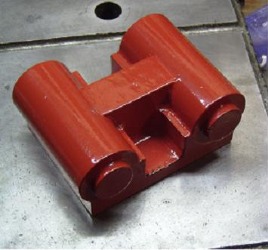
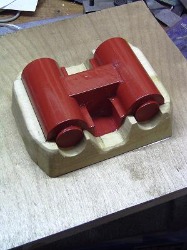
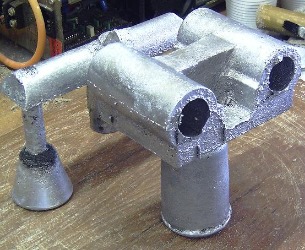
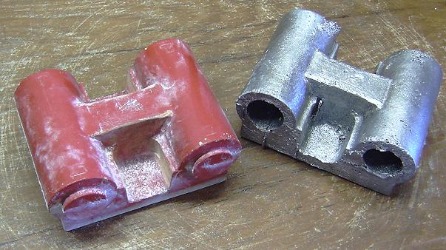
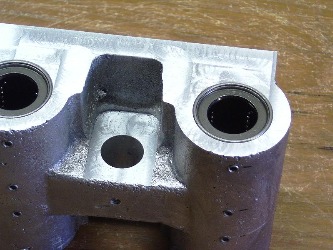
Miniature Uniflow Steam Engine Cylinder and Crosshead slide
At this point I realised that I was wanting to construct and cast closer tolerance components, these were that last elements that I cast in sand, most of what I do now is investment casting from either wax models or from specialty 3d printed resins that can be invested directly and burnt out the same way that wax is.
